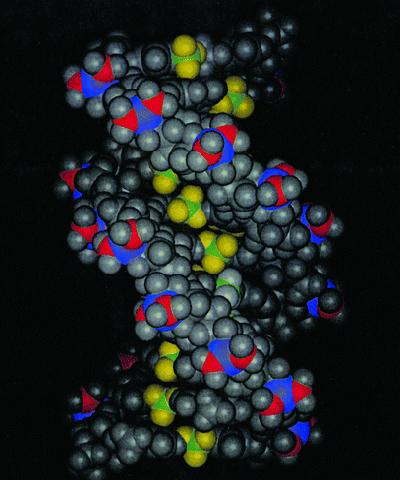A cheap, clean and fast way to prepare amines - organic compounds containing nitrogen that are derived from ammonia and have extensive industrial use such as solvents, additives, anti-foaming agents, corrosion inhibitors, cleaning agents, dyes and bactericides

Chemists at UC Riverside have discovered a cheap, clean and fast way to make amines - nitrogen-containing organic compounds derived from ammonia and widely used industrially as solvents, additives, anti-foaming agents, corrosion inhibitors, cleaning agents, dyes and bactericides.
Today, amines are produced in industry in an expensive two-step process that causes a huge amount of by-products to be obtained as waste. "Although there are several methods for preparing amines on a laboratory scale, most of them are unsuitable for commercial and industrial production not only due to the acceptance of waste materials, but also due to the high price of the starting materials," says Guy Bertrand, professor of chemistry, whose laboratory The new process was discovered. The researcher explains that today the companies use hydrochloric acid, a highly nutritious solution, to produce the amines. In order to make a ton of amines, the factories have to get rid of an amount of three tons of waste materials - a fact that makes the production process itself very expensive.
"Our 'green chemistry' method, on the other hand, does not produce any waste and makes the entire process inexpensive," says the researcher. "Furthermore, the reaction is a fast one-step reaction and all that is required is a tiny amount of catalyst." (A catalyst is a substance that increases the rate of a reaction without itself taking part in it). The unique catalyst - a gold atom bound to a cyclic alkyl amino carbene (CAAC) is a ligand (ligand, a special substance that binds to metals) that was discovered in Bertrand's laboratory in 2005. The gold compound easily accelerates the addition of ammonia - a colorless gas Has a pungent aroma consisting of nitrogen and hydrogen - to several organic compounds. One such chemical reaction is the addition of ammonia to acetylene to form amine derivatives, in which a carbon-nitrogen bond is formed.
"One of the biggest challenges in chemistry is the development of an energy-saving process to connect ammonia to a single organic compound to create carbon-nitrogen bonds," says Bertrand. In an energy-saving process, the amount of starting materials is equal to the amount of the final product, without wasting atoms. More than a hundred tons of ammonia are produced every year all over the world and the production of amines is similar to this amount. In addition to being essential to life as components of amino acids, amines make up medicines and vitamins and are used in the production of cosmetics, cleaning agents, crop protection agents, plastics and various coatings. "Our research opens a window for the discovery of catalysts that accelerate the addition of ammonia to simple alkenes, which are organic compounds containing a carbon-carbon double bond," says Bertrand. "This process is recognized as one of the ten most difficult challenges in catalytic chemistry."
The University's Office of Technology Commercialization has filed a patent application for the state-of-the-art catalyst developed in Bertrand's lab, which is looking for commercial partners for its development. The results of the research appear in the electronic issue of the scientific journal Angewandte Chemie and in a short time they will also appear in the paper version of this journal.
